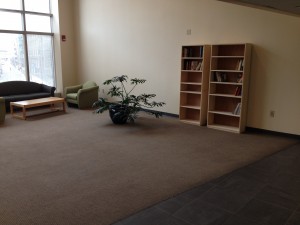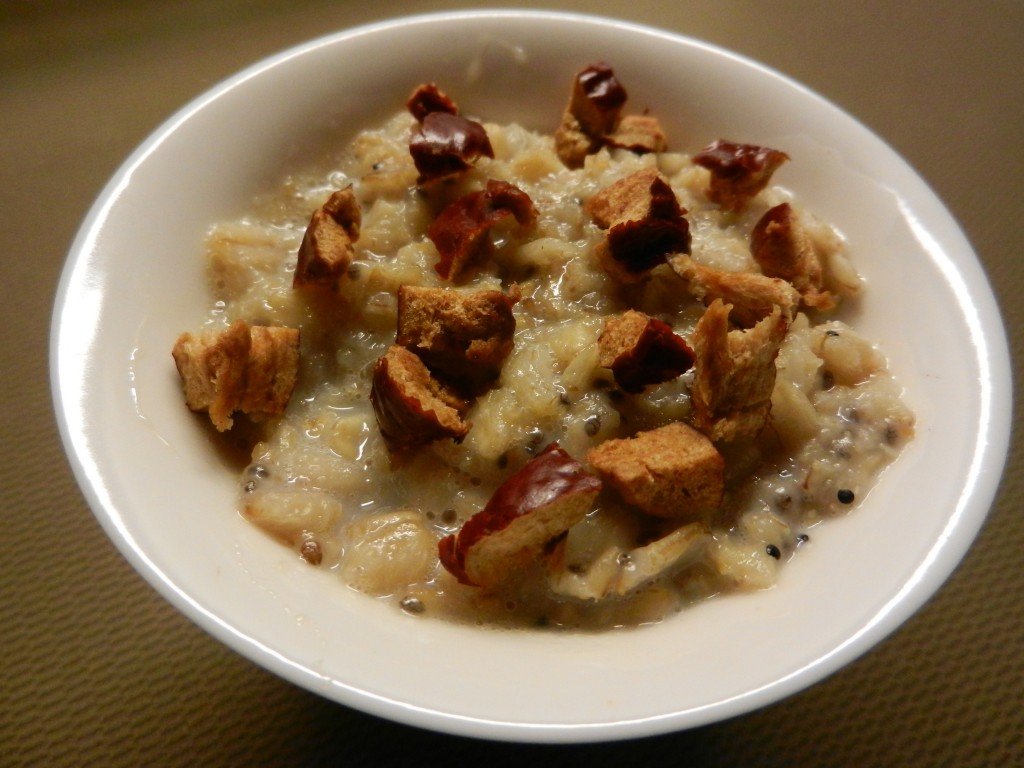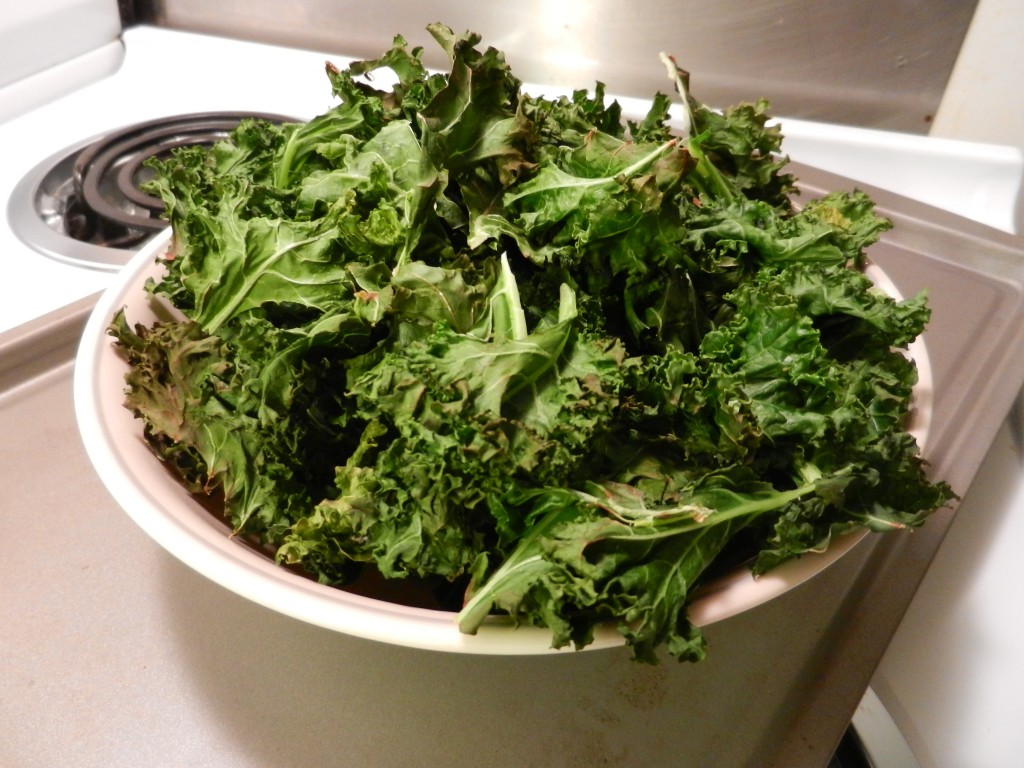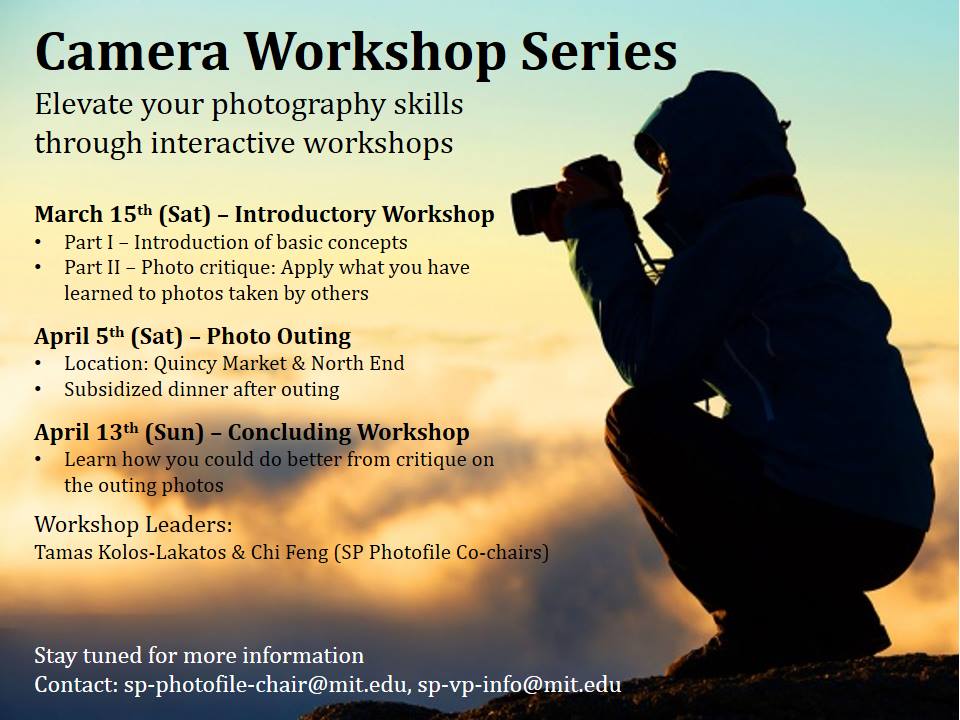This month, the SPeaker interviewed the environment chair Cherry Gao about herself and the work she’s done as an officer.
Cherry is a first year PhD in Biological Engineering (Course 20) from Vancouver, Canada. From her time in Canada and 10 years in Japan, Cherry knows how to speak English, French, and Japanese! When she is not in the lab or volunteering at SP, Cherry enjoys singing in choirs, working on her garden, and being outdoors.
Cherry has lived in SP since September 2013 and became an officer soon after arriving. When asked why she decided to become the environment chair, Cherry replied “Sid Pac is your home, and my home. I want our home to be an Earth-friendly space.” Her favorite parts of being an officer are the friendships and stimulating conversations with other officers and residents.
On the topic of her accomplishments as an officer, Cherry said “Sid Pac is one of the leaders on campus in composting and I am excited to keep working on this initiative!” So far, Cherry has worked hard to make composting more accessible to residents by introducing a new collection system and collaborating with the housekeeping staff.
Finally, Cherry offered some advice to residents on how to make SP a greener place to live:
1. Use reusable bags instead of plastic bags when you go shopping.
Plastic bags often end up in the ocean and threaten marine life. Say no to plastic bags and bring a reusable bag to carry your groceries instead.
2. Use a drying rack instead of the dryer.
Dryers suck up energy and ruin our clothes. Sid Pac has drying racks for rent – why not be gentle to our planet and to your clothes?
3. Separate your compost, recyclables, and garbage into appropriate bins.
We can significantly reduce garbage destined for the landfill by composting and recycling. But don’t contaminate! Putting the wrong stuff in the compost or the recycling bin can deem the whole batch to be uncompostable or unrecyclable.
4. Turn off the lights when you leave your apartment or a common space.
Why waste the energy when you don’t need to?
5. Bring your plates, utensils, and cups to brunches and coffee hours.
It’s so easy: use real stuff! (Sid Pac uses compostable plates and utensils, but they still take up resources like corn to be manufactured, not to mention that they take a long time to degrade in the compost.)





